Rising Demand for Electric Vehicles
The automotive stamped-component market is significantly influenced by the increasing demand for electric vehicles (EVs) in Germany. As the automotive industry pivots towards electrification, the need for lightweight and efficient stamped components becomes paramount. EVs typically require specialized parts that can be produced through stamping processes, such as battery enclosures and structural components. The market for EVs in Germany is expected to grow at a CAGR of 20% through 2028, which will likely bolster the automotive stamped-component market as manufacturers adapt to meet this rising demand.
Growth of the Automotive Aftermarket
The automotive stamped-component market is benefiting from the growth of the automotive aftermarket in Germany. As vehicle ownership increases, the demand for replacement parts, including stamped components, is on the rise. The aftermarket sector is projected to expand at a CAGR of 5% over the next few years, driven by the need for maintenance and repair of aging vehicles. This trend presents a lucrative opportunity for manufacturers in the automotive stamped-component market to diversify their product offerings and cater to the needs of aftermarket suppliers, thereby enhancing their market presence.
Investment in Research and Development
Investment in research and development (R&D) is a critical driver for the automotive stamped-component market. German manufacturers are increasingly allocating resources to R&D to innovate and improve stamping processes and materials. This focus on R&D is essential for developing advanced stamped components that meet the evolving demands of the automotive industry, particularly in terms of performance and sustainability. It is estimated that R&D spending in the automotive sector will increase by 10% annually, fostering innovation and competitiveness in the automotive stamped-component market.
Regulatory Compliance and Safety Standards
The automotive stamped-component market is influenced by stringent regulatory compliance and safety standards in Germany. Manufacturers are required to adhere to various regulations that govern vehicle safety, emissions, and material usage. Compliance with these standards necessitates the use of high-quality stamped components that meet specific performance criteria. As regulations evolve, the automotive stamped-component market must adapt, potentially increasing the demand for advanced materials and manufacturing techniques. This compliance-driven approach is likely to enhance the market's growth trajectory as companies invest in technologies that ensure adherence to safety and environmental standards.
Technological Advancements in Stamping Processes
The automotive stamped-component market is experiencing a notable transformation due to advancements in stamping technologies. Innovations such as servo-driven presses and high-speed stamping are enhancing production efficiency and precision. These technologies enable manufacturers to produce complex geometries with reduced material waste, which is crucial in a competitive landscape. In Germany, the adoption of these advanced stamping processes is projected to increase by approximately 15% over the next five years. This shift not only improves the quality of stamped components but also reduces operational costs, thereby driving growth in the automotive stamped-component market.



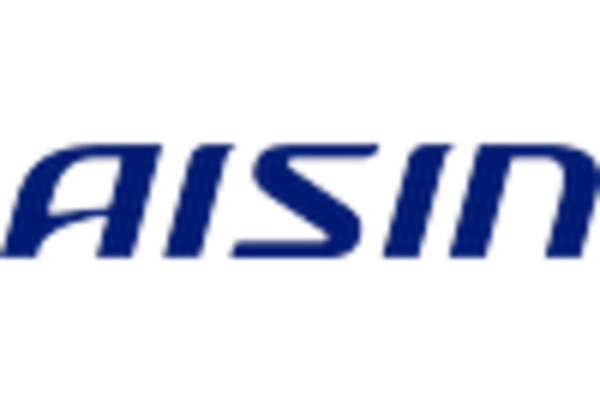
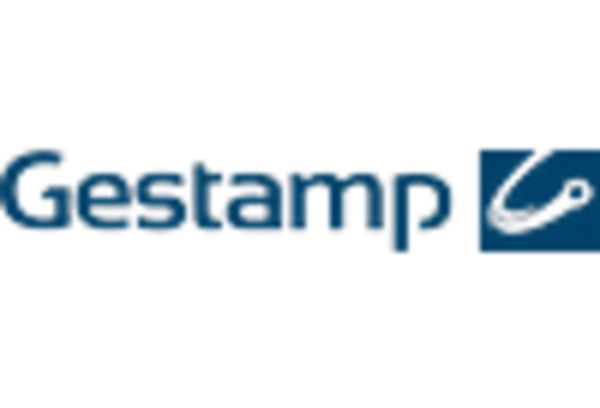
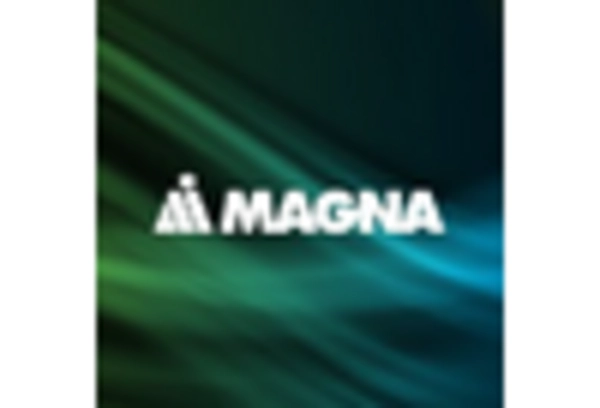
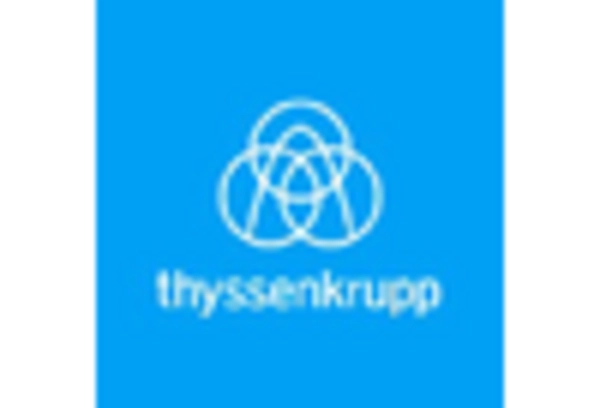
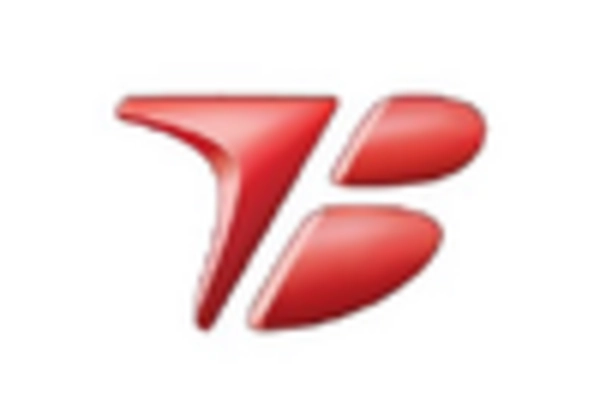
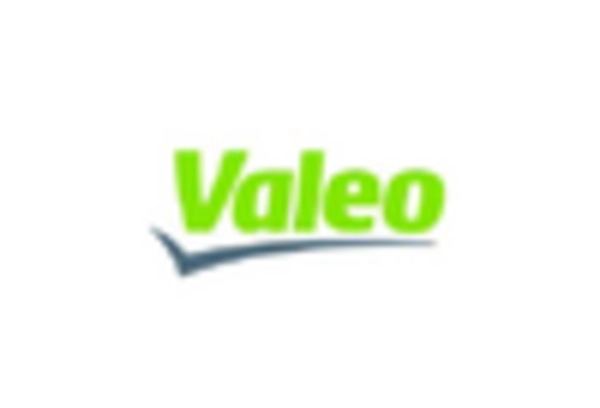








Leave a Comment